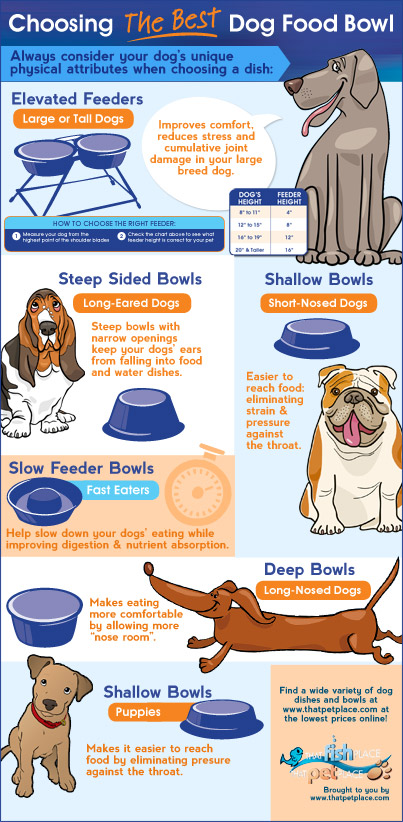Summer is finally here! And for a lot of us that means getting outdoors and enjoying cookouts with family, friends — and pets!
It’s a great time to sit back and relax, drink a beer or two and maybe set the family record for the number of hot dogs you can eat. But don’t rest too easy, there is some responsibility you shouldn’t ignore — especially if you have pets!
 While we are enjoying our favorite summer foods, it’s worth keeping in mind that a lot of these tasty treats are not so good for our furry friends. Even simple things that you might not think of, like onions and guacamole, can be dangerous. These kinds of foods are typically left out on a table well within reach of any curious dog or cat, so let’s look at some of the more harmful culprits we should keep an eye on.
While we are enjoying our favorite summer foods, it’s worth keeping in mind that a lot of these tasty treats are not so good for our furry friends. Even simple things that you might not think of, like onions and guacamole, can be dangerous. These kinds of foods are typically left out on a table well within reach of any curious dog or cat, so let’s look at some of the more harmful culprits we should keep an eye on.
Foods Your Pet Should Avoid
Hot Dogs
While tasty, hot dogs are not the healthiest food for us humans, and they are even worse for pets. Hot dogs are packed with tons of salt and preservatives, both in levels that dogs are just not used to. Excessive amounts can lead to diarrhea and indigestion. It’s our recommendation to avoid them altogether, but if you must must must give in to temptation and treat your dog, please exercise moderation. Also, it’s helpful to cut them into bite-size pieces to avoid choking hazards.
Snack Foods
Chips are pretzels are also full of salt that can cause excessive thirst and urination. And who wants a dog peeing everywhere!? In all seriousness, snack foods are just as unhealthy for dogs as they can be for us and we should exercise caution. If your dog gets too many snacks it can lead to sodium ion poisoning, the effects of which can include vomiting, diarrhea, fevers and even death.
Bones
The leftover remains from ribs, steaks or chicken wings can be dangerous in the mouth of your dog. Bones can splinter easily and if they are digested they can cause puncture wounds in your dogs mouth, stomach or digestive tract. They can also lead to obstructions and other health hazards. For your dog’s safety, make sure everyone knows where they can safely dispose of their food.
Fruits and Desserts
Fruits in general are high in sugar and can lead to blood glucose issues, but the main culprits to watch out for are grapes and raisins. They have been shown to cause serious kidney issues and even death when consumed by dogs. Desserts that include chocolate or Xylitol are no-nos for dogs, as they can prove fatal quickly.
Choking Hazards
Many cookout foods are also choking hazards. Hot dogs, bones, and corn cobs can get lodged in your dog’s airway. Keep an eye out for anything that is larger than bite size.
Alcohol
An ice cold beer or mixed drink might be the perfect refreshment on a hot summer day, but it is not going to have the same effect on your pet. Even a small amount, just a few licks or laps, can be dangerous or even fatal. In a festive environment, once drinks start pouring it’s not uncommon for a few glasses to get abandoned here and there, so make sure you clean up after your forgetful friends.
Foods Your Pet Should Enjoy
Okay, cookouts are all about fun and food. If we enjoy these things, why shouldn’t our pets? They can have fun too, as long as we are responsible and make it safe for them!
 The good folks at the DogVacay blog have come up with some tasty, pet safe recipes that you can prepare for your pet and bring to your next cookout. The recipes include a tasty Bacon Swiss Burger, a delectable Turkey Burger and Peanut Butter Treats!
The good folks at the DogVacay blog have come up with some tasty, pet safe recipes that you can prepare for your pet and bring to your next cookout. The recipes include a tasty Bacon Swiss Burger, a delectable Turkey Burger and Peanut Butter Treats!
As mentioned earlier, you can give in and treat your pet to normal cookout fare but it is important that you remember what is poisonous, what can be a choking hazard and what you should feed in moderation. If your pet is just too far determined to get into the entire spread, it might be a good idea to take them indoors or to another part of the yard where they can stay out of harm’s way.
Have fun this summer, but be safe — even if your pet whines just a bit because they can enjoy the buffet, they will appreciate your mindful discretion in the long run!
 That Pet Blog That Pet Place Pet Blog
That Pet Blog That Pet Place Pet Blog

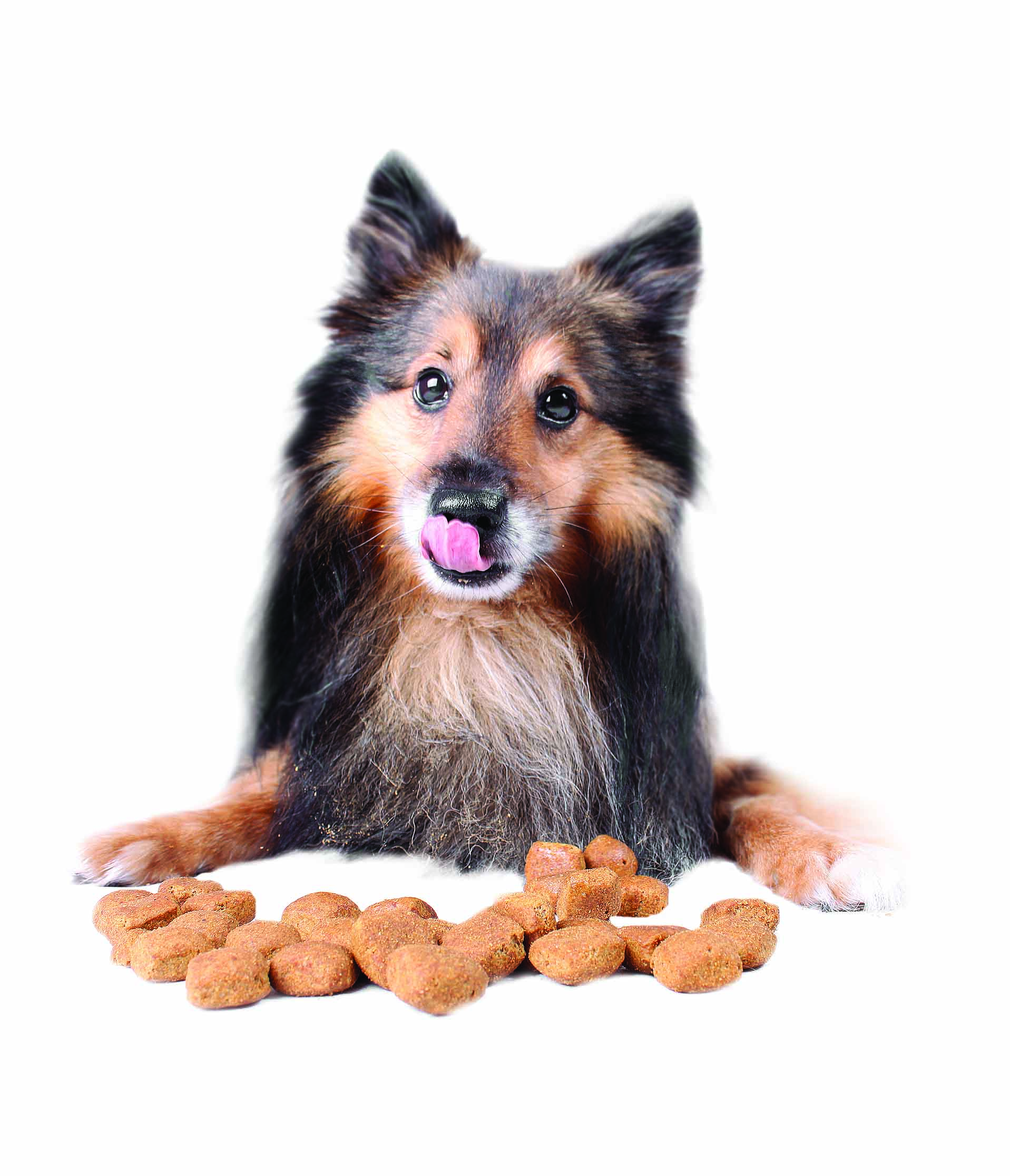
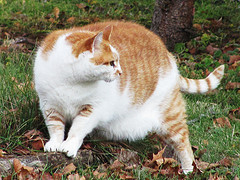
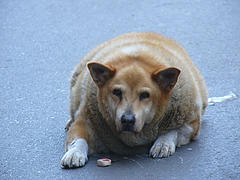
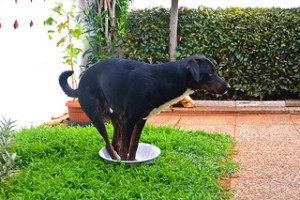
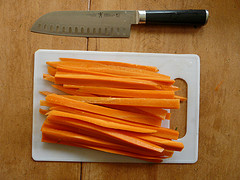
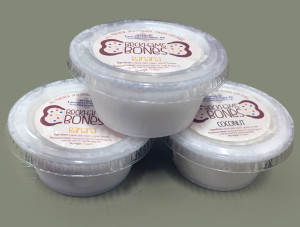
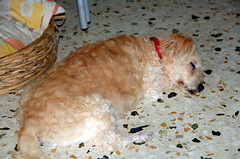
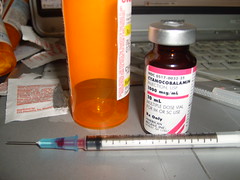
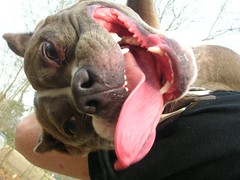

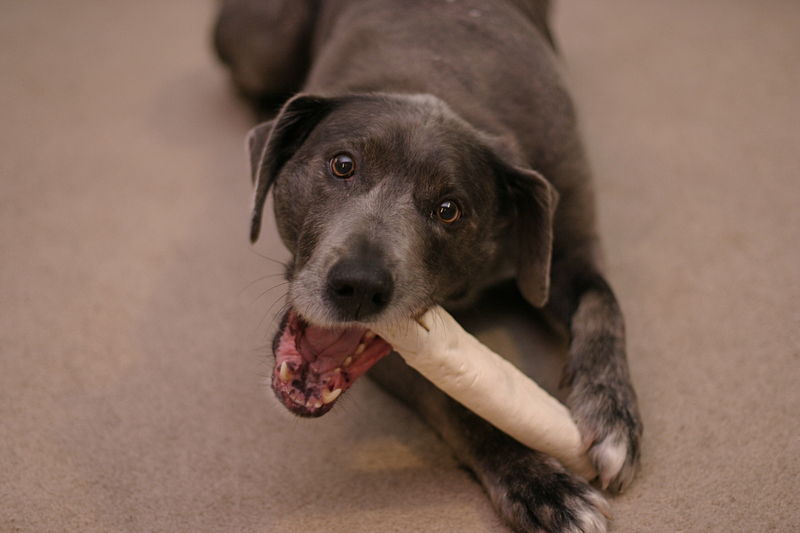
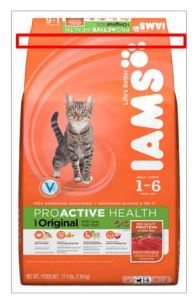 The health and safety of your pets is very important to That Pet Place. We regret to inform you that P&G has announced a limited, voluntary recall of select Iams dry cat & dry dog and Eukanuba dry dog foods because they have the potential to be contaminated with Salmonella. No health effects related to salmonella have been reported on these products. P&G is taking this precautionary step in order to ensure our customers and consumers get the highest level of quality and service. We apologize for the inconvenience this may cause.
The health and safety of your pets is very important to That Pet Place. We regret to inform you that P&G has announced a limited, voluntary recall of select Iams dry cat & dry dog and Eukanuba dry dog foods because they have the potential to be contaminated with Salmonella. No health effects related to salmonella have been reported on these products. P&G is taking this precautionary step in order to ensure our customers and consumers get the highest level of quality and service. We apologize for the inconvenience this may cause. The lot codes of the recalled products include: 3186 4177, 3187 4177, 3188 4177, 3189
The lot codes of the recalled products include: 3186 4177, 3187 4177, 3188 4177, 3189 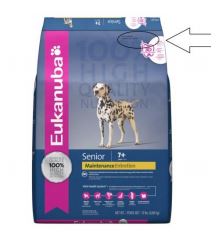 4177, 3190 4177, 3191 4177, 3192 4177, 3193 4177, 3193 4177, 3194 4177, & 3195 4177. The lot code is located on the front or back of the bag at the top of the bag and is the bottom left number.
4177, 3190 4177, 3191 4177, 3192 4177, 3193 4177, 3193 4177, 3194 4177, & 3195 4177. The lot code is located on the front or back of the bag at the top of the bag and is the bottom left number.

